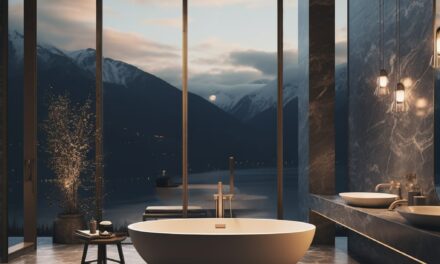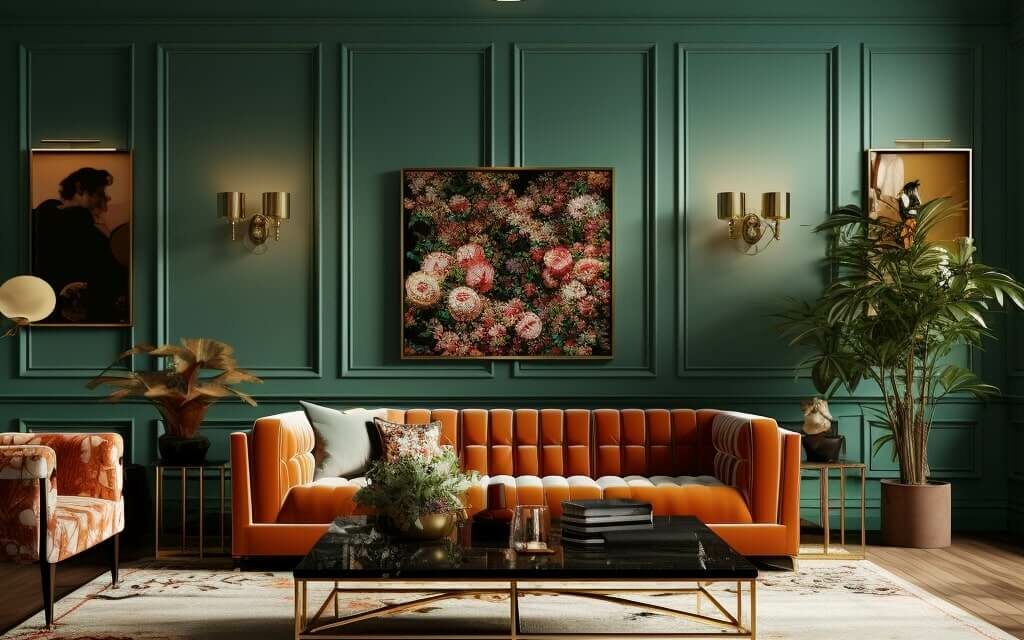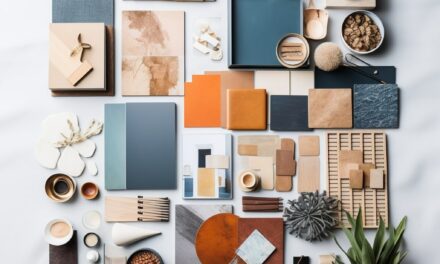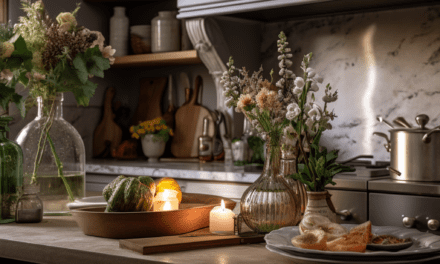Why is Interior Design Important?
Interior design is important because it creates a space that:
- Improves your mental wellbeing
- Reflects your identity
- Improves the function of your home
- Raise your home value
- And supports health and productivity
As someone who has lived in homes both thoughtfully designed and hastily thrown together, I can confidently say that interior design makes a huge difference in how much I enjoy being home. Here are just a few of the ways that intentional interior design improves my living environment:
- Aesthetically pleasing decor brings me joy. Coming home to a space filled with colors, textures, and designs that I’ve carefully chosen lifts my mood. Coordinating furniture, art, pillows, and accessories makes my home feel cohesive and styled.
- Good interior design promotes relaxation and reduces stress. The right lighting, furniture layout, textiles, and decorative accents make my home calming and comfortable. I can decompress as soon as I walk in the door.
- Thoughtful design facilitates better sleep, focus and creativity. Dark window treatments, comfy bedding, and minimal clutter in my bedroom help me sleep soundly. A designated desk space with proper task lighting and ergonomic seating keeps me focused when I need to get work done at home. And a living room that provides both visual inspiration and comfortable seating is the perfect spot to tap into my creative side.
The benefits of living in a well-designed, aesthetically pleasing, and functionally arranged home go far beyond just looking nice. Interior design has a real, measurable impact on my mood, stress levels, productivity, and overall enjoyment of my living space. So if you want to come home happier and have a space aligned with how you want to live, interior design is incredibly important.
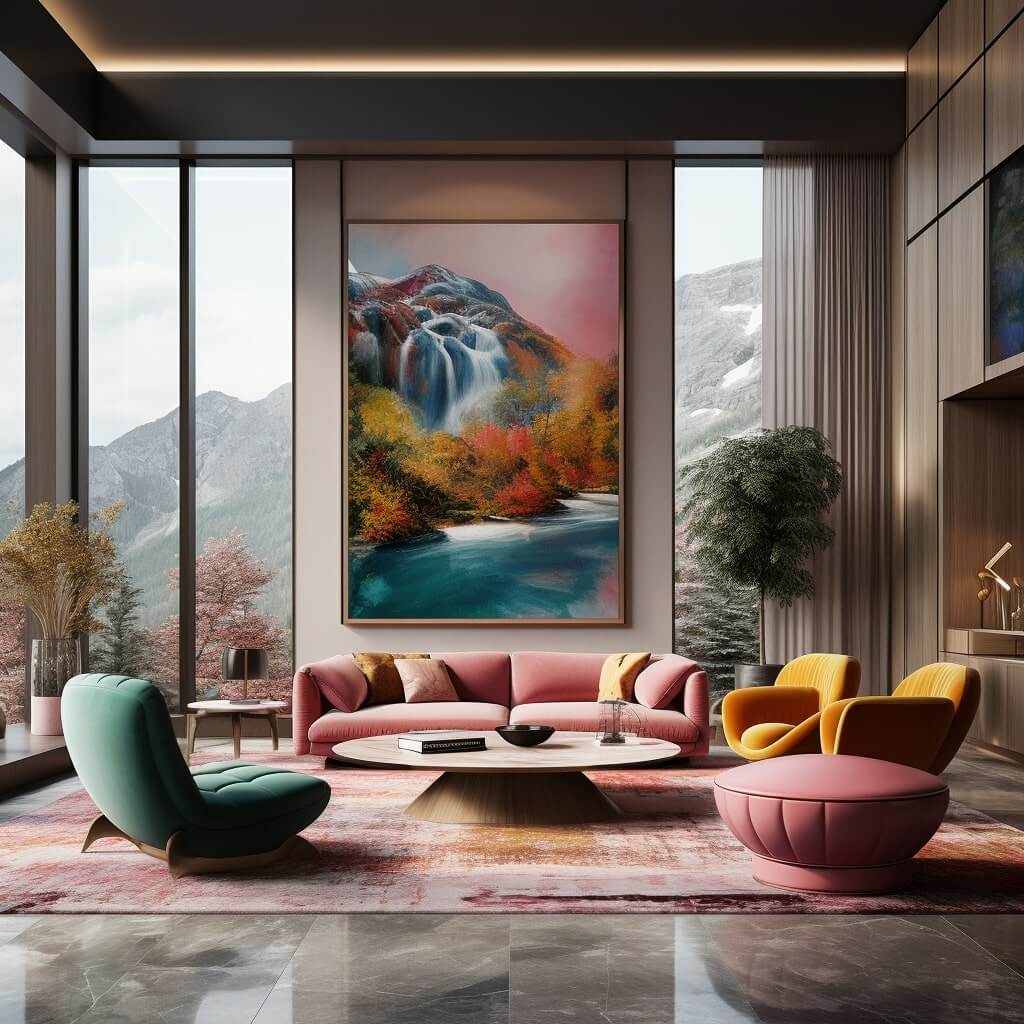
Interior Design Reflects Your Personality and Values
The spaces we inhabit have a huge impact on our sense of self. This makes interior design incredibly important for allowing us to express who we are through our home environments.
- Interior design provides an opportunity for self-expression through decor. The furnishings, color palette, accessories, and overall aesthetic I choose for my home reflect my personal tastes. My home decor is almost like an externalization of my internal preferences and quirks. It’s deeply personal.
- Your living space can reflect your interests, passions, and what’s important to you. For example, if health and wellness are important values, your space may incorporate lots of plants, natural light, clean finishes, and an open layout to encourage activity. Or if travel is a passion, you could decorate with maps, souvenirs, and locsl artifacts from your adventures.
- Intentional interior design creates an environment aligned with your lifestyle and needs. For instance, minimalist interiors with lots of hidden storage promote organization for busy professionals always on-the-go. Or cozy, vintage-inspired spaces may suit homebodies who enjoy nesting and entertaining guests.
The way you furnish, decorate, and organize your home is an expression of your identity. Interior design provides a creative outlet to shape an environment that supports who you are. Your home can tell the story of what makes you, you. That’s why interior design is about so much more than just making a space look nice – it has the power to reflect your deepest values, interests, and personality.
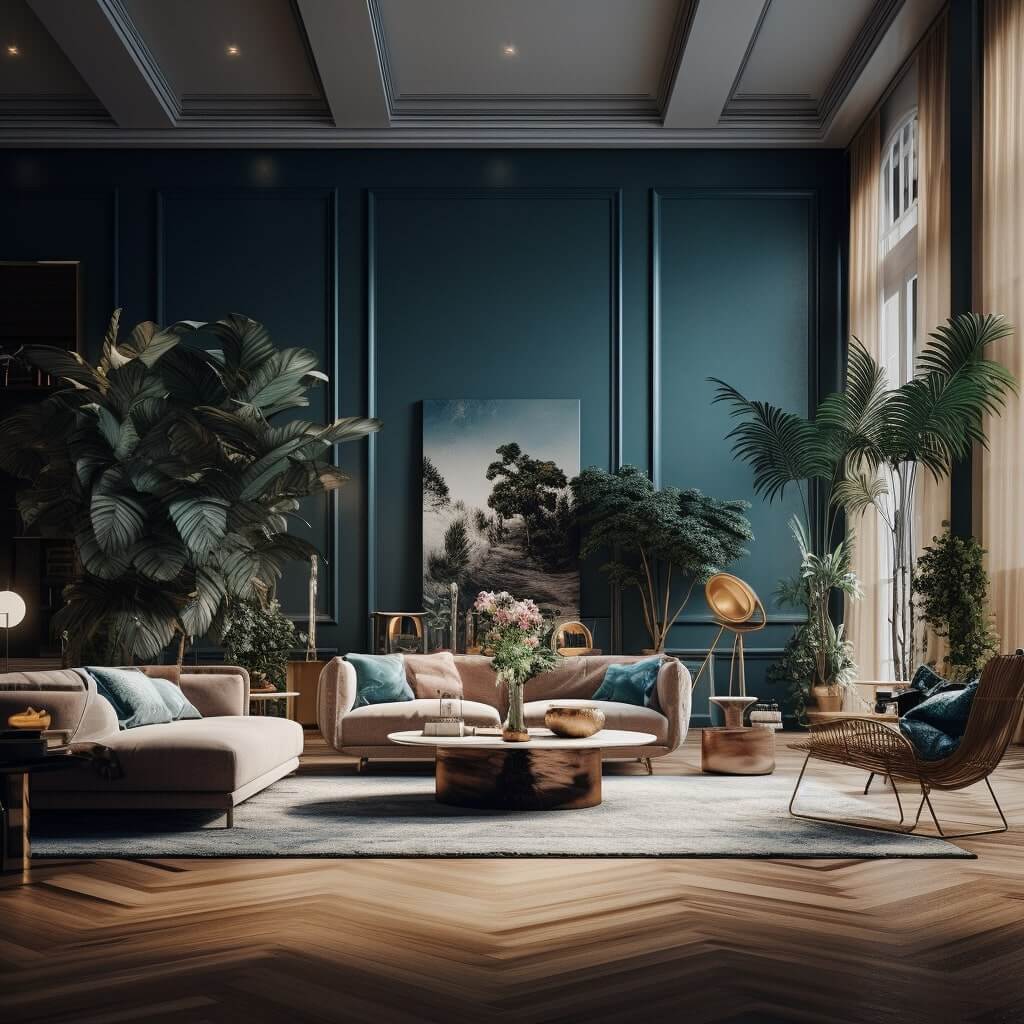

Interior Design Impacts Your Health and Productivity
Our physical spaces have a bigger influence on our health and performance than many people realize. This makes a well-designed interior incredibly important for supporting wellness and productivity.
- Intentional interior design affects air quality, lighting, acoustics, and other environmental factors. Proper ventilation, natural light, noise blocking, and minimal VOCs (volatile organic compounds) create healthy indoor air. This reduces allergies, asthma, and susceptibility to illness.
- A thoughtfully designed space improves mental acuity, energy levels, and overall well-being. The right lighting, such as bright task lighting, can improve concentration and mood. Organization and minimal clutter also boost focus and motivation. And calming colors and textures reduce stress.
- Interior design promotes healthy habits and activities. The layout and furnishings of a space impacts behavior. For example, placing a yoga mat in a quiet corner encourages morning stretches. And arranging a reading nook by a window motivates picking up a book.
- Poor interior design negatively affects physical and mental health. Poor lighting strains eyes and causes headaches. Clutter and disorganization increase anxiety. Uncomfortable furniture disrupts sleep and causes body aches. Lack of storage promotes messiness.
In many ways, the spaces we inhabit shape our habits and impact how we feel both mentally and physically. Factors like lighting, layout, storage, textures, colors, and accessories may seem minor, but they have a major influence. Intentional interior design is essential for creating environments that bring out our healthiest, happiest, and most focused selves.
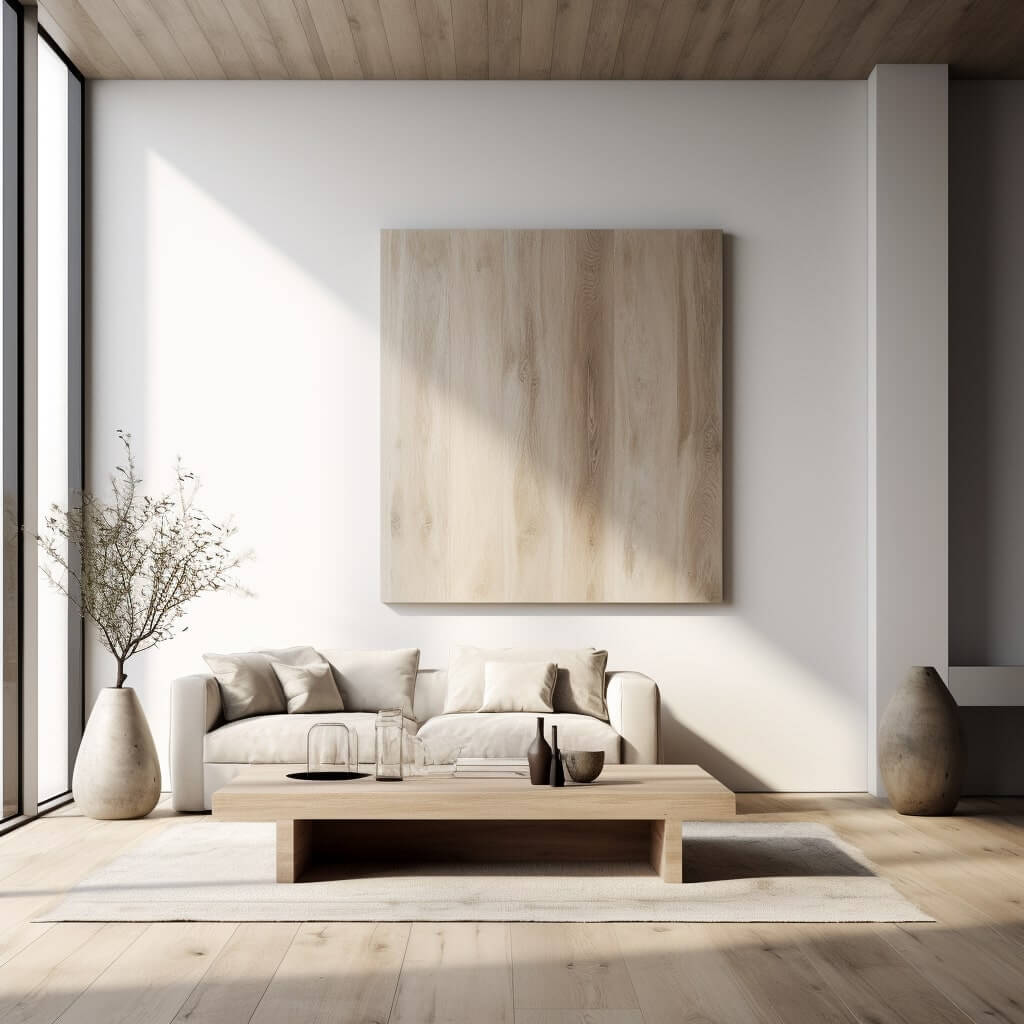

Interior Design is a Worthwhile Investment
Many homeowners don’t realize what a significant return they can get from investing in interior design. But the reality is that intentional, quality interior design substantially increases home value and prevents costly mistakes.
- Well-executed interior design makes homes more desirable and increases resale value. According to real estate agents, staged or professionally designed homes sell faster and for more money.
- Poor interior design leads to dissatisfaction and expensive renovations down the road. Impulsive decor choices without a cohesive plan often leave homeowners unhappy with their spaces. This prompts pricey overhauls trying to “fix” what didn’t work.
- Hiring an interior designer upfront saves homeowners time, money, and frustration. Designers anticipate problems with layouts, traffic flow, storage, lighting, etc. They create solutions before renovations begin, preventing total overhauls after move-in. Their expertise provides lasting value.
- DIY design and decor are prone to expensive trial-and-error. Non-designers often make regrettable purchases, choose the wrong scale furniture, pick clashing colors, install improper lighting, etc. Hiring a pro prevents these costly mistakes.
Related: What is scale in interior design?
Viewing interior design as an investment rather than a splurge will pay dividends now and in the future. The value skilled designers provide through their knowledge and foresight is well worth the initial expense. Plus, they make the decorating process fun and stress-free! For peace of mind and a home you’ll love for years, interior design is an incredibly wise investment.
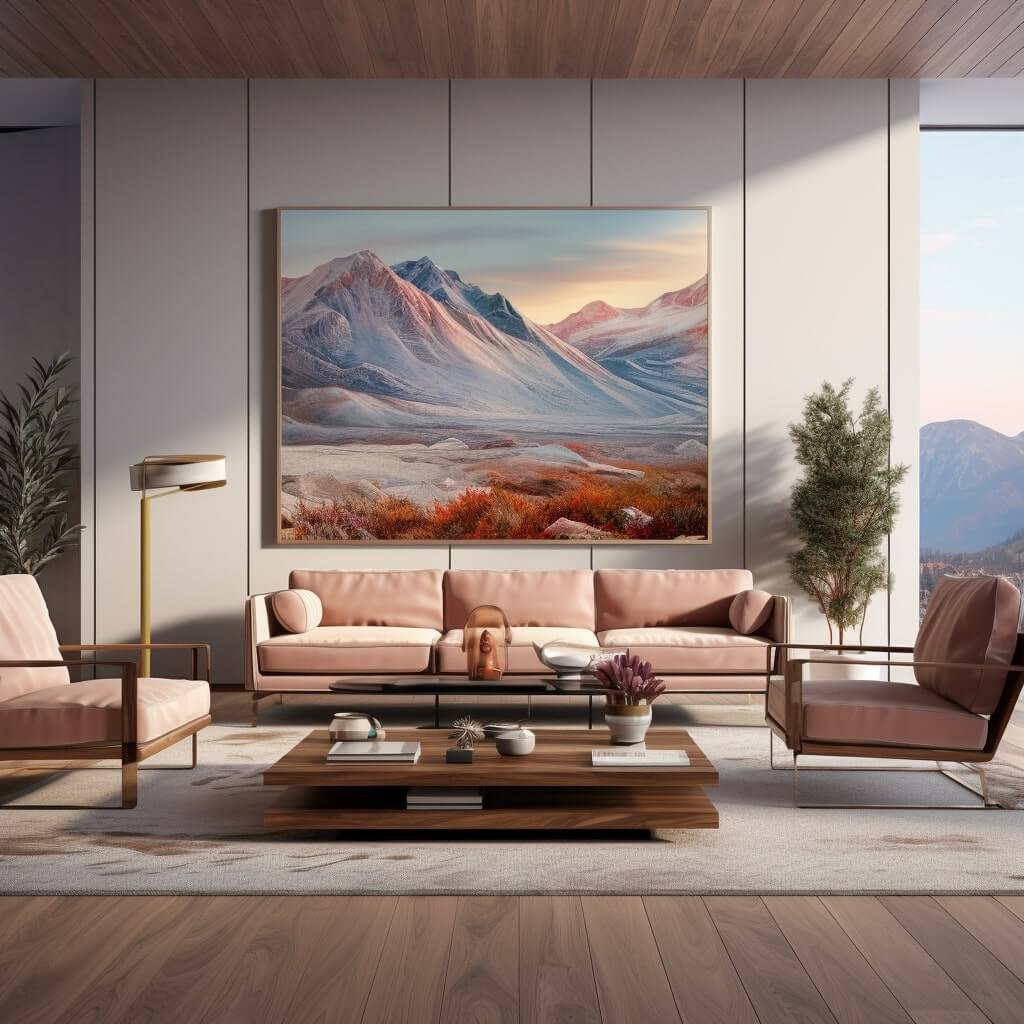

Interior Designers Bring Expertise and Creativity
As a design novice, I used to think “How hard could decorating a home really be?”. But after attempting DIY design, I quickly realized there’s a lot more to it than just picking paint colors and buying furniture. Hiring a professional interior designer brings immense value through their expertise and creativity.
- Designers understand space planning, color theory, lighting, furniture layouts, and more. They know how to use visual tricks to make rooms feel larger. They’re trained on proper lighting placement and intensity. And they have an innate talent for selecting cohesive palettes and patterns. Their knowledge goes far beyond that of an amateur. They can also render design plans to experiment and try variations in bulk.
- Professional designers can visualize and actualize your dream home. Through mood boards, 3D renderings, floor plans, and decor schemes, designers bring your vision to life. They make concrete suggestions based on your aesthetic tastes and lifestyle needs. And they know how to mix old and new pieces cohesively.
- Interior designers stay on top of the latest trends while suggesting timeless and fresh ideas. They know which looks and finishes will stand the test of time versus which are fleeting fads. Their connections with vendors provide access to cutting-edge products and fabrics. They keep your space current without sacrificing livability.
Do you yearn for a home that wows guests and makes your life more enjoyable? Are you stumped on how to translate your dreams into reality? Then partnering with a talented interior designer is a no-brainer. Their skills and experience are invaluable. Trust me, it’s worth the investment – you won’t regret it!
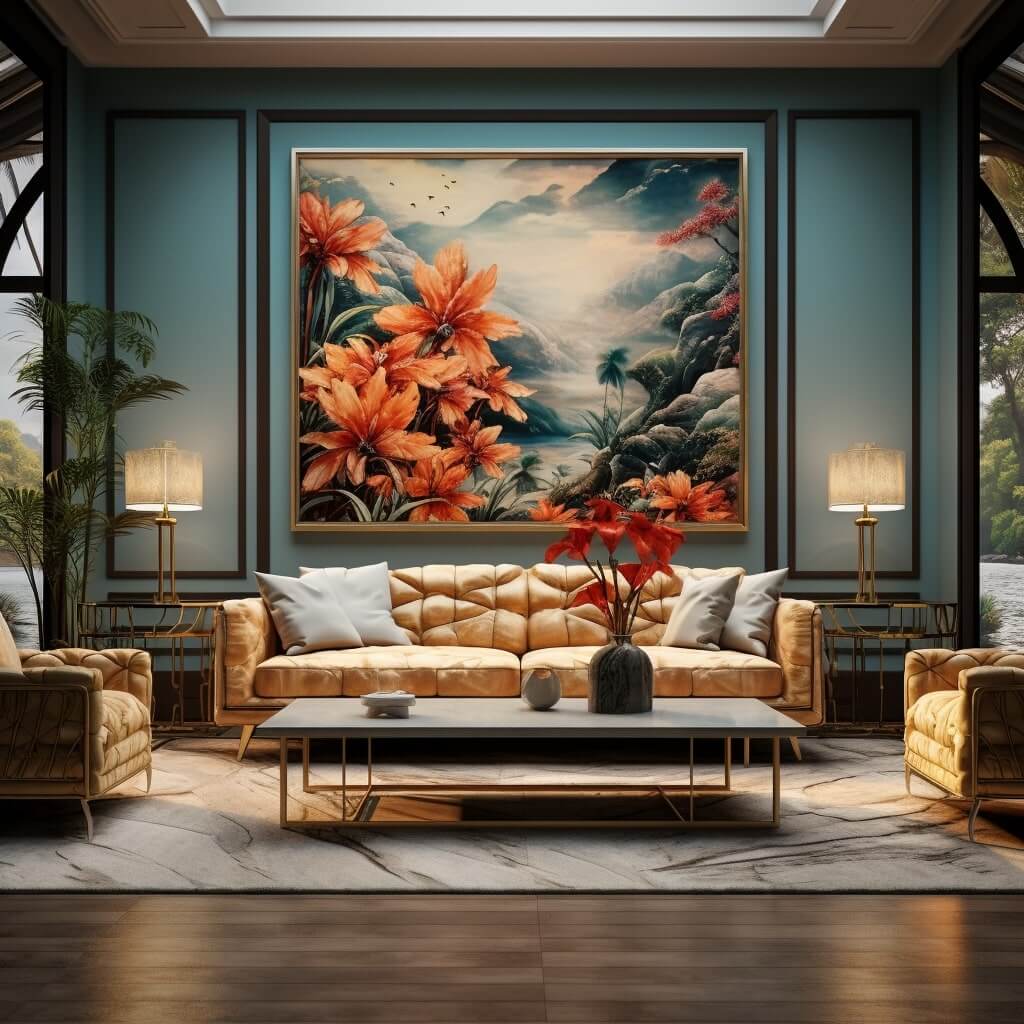

While You’re Here, Some of My Favorite Design Styles…
I’m particularly drawn to Japandi, Scandinavian, and Japanese design aesthetics. Here’s a bit about why I love these styles:
Japandi beautifully blends Japanese minimalism with Scandinavian functionality. The look is simple yet cozy, with light wood tones, muted colors, and plenty of negative space. I appreciate how Japandi promotes tranquility through modest, thoughtful decor. It’s the perfect blend of form and function.
Scandinavian design focuses on open layouts, abundant natural light, and functional, uncomplicated pieces. I love the timeless, unfussy look. Scandinavian style makes rooms feel clean but not sterile. It utilizes chic, modern furniture cleanly juxtaposed with vintage finds and natural elements. The vibe is fresh and livable.
Japanese design favors simplicity, subtlety, and celebrating natural materials. I’m drawn to the meditative quality created through restrained color palettes, clean lines, and ample “breathing room”. Japanese styles incorporate charming rustic elements like woven fabrics, rattan, and handcrafted ceramics. Rooms feel zen yet warm.
Hopefully this gives insight into why I’m drawn to these aesthetics! Their minimalism and natural warmth speak to me.
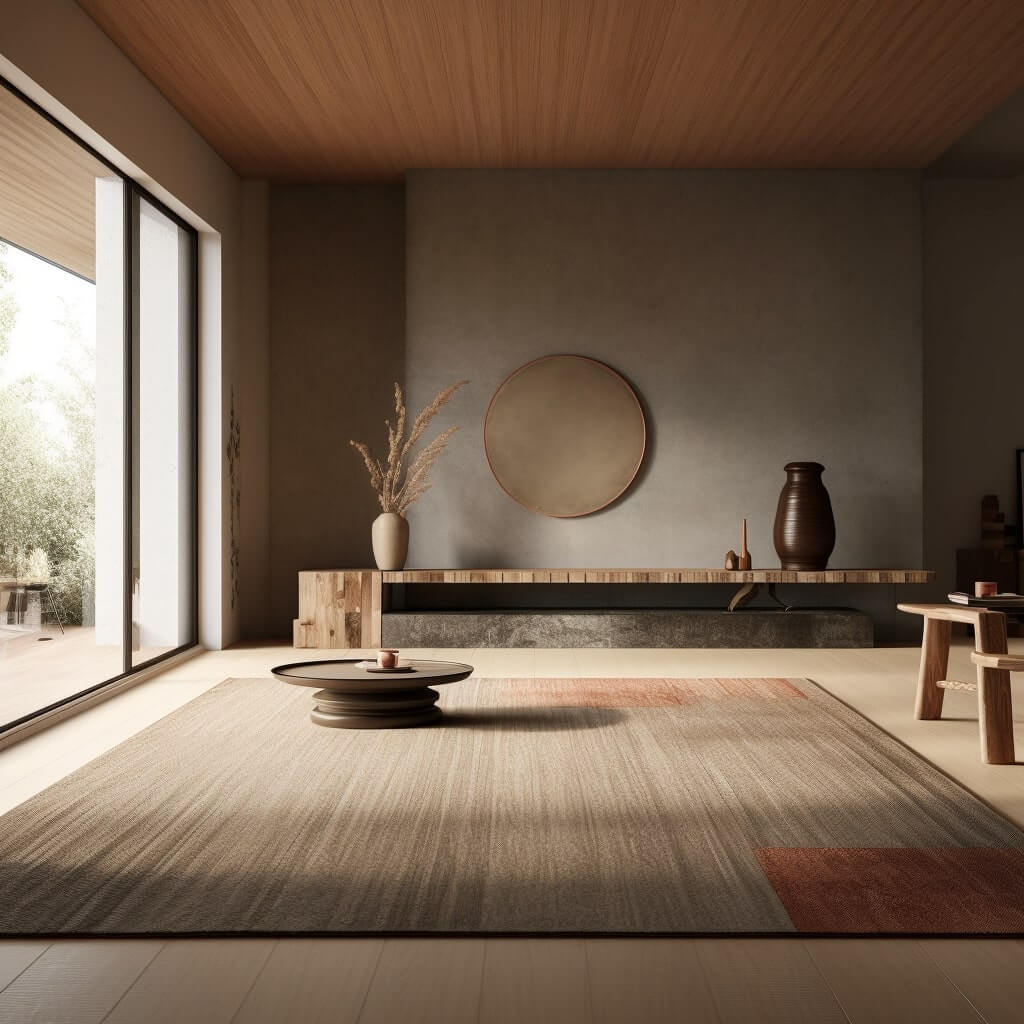

FAQs
Why hire a designer instead of doing it myself?
Designers have expertise that prevents costly mistakes and helps maximize function and aesthetics in your space. Their access to products and visualization skills also bring your vision to life.
How does interior design impact home value?
Designed and staged homes sell faster and for more money. Good design also prevents dissatisfaction and expensive renovations down the road.
What health benefits does interior design provide?
Elements like natural light, clean finishes, proper ventilation, layout, organization, and appropriate lighting and acoustics create environments optimized for physical and mental health.
How does interior design reflect my personality?
Your furnishings, color scheme, accessories, and overall aesthetic help shape an environment aligned with your tastes, lifestyle, and values. It becomes an expression of your identity.
What should I look for in hiring a designer?
Look for experience, samples of past work, clear communication skills, and someone who listens to your needs and preferences while also making expert recommendations. Personality fit is also important.


